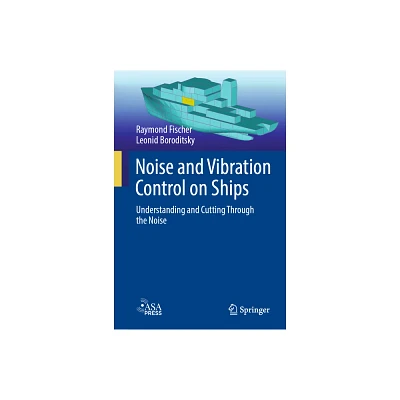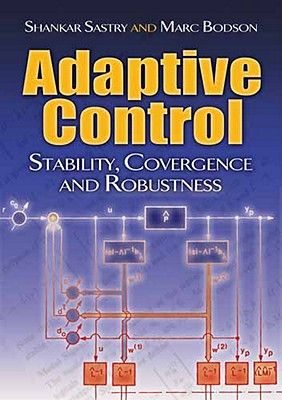Home
Adaptive and Robust Active Vibration Control: Methodology Tests
Loading Inventory...
Barnes and Noble
Adaptive and Robust Active Vibration Control: Methodology Tests
Current price: $109.99


Barnes and Noble
Adaptive and Robust Active Vibration Control: Methodology Tests
Current price: $109.99
Loading Inventory...
Size: Hardcover
*Product Information may vary - to confirm product availability, pricing, and additional information please contact Barnes and Noble
This book approaches the design of active vibration control systems from the perspective of today’s ideas of computer control. It formulates the various design problems encountered in the active management of vibration as control problems and searches for the most appropriate tools to solve them. The experimental validation of the solutions proposed on relevant tests benches is also addressed. To promote the widespread acceptance of these techniques, the presentation eliminates unnecessary theoretical developments (which can be found elsewhere) and focuses on algorithms and their use. The solutions proposed cannot be fully understood and creatively exploited without a clear understanding of the basic concepts and methods, so these are considered in depth. The focus is on enhancing motivations, algorithm presentation and experimental evaluation. MATLAB
®
routines, Simulink
diagrams and bench-test data are available for download and encourage easy assimilation of the experimental and exemplary material.
Three major problems are addressed in the book:
• active damping to improve the performance of passive absorbers;
• adaptive feedback attenuation of single and multiple tonal vibrations; and
• feedforward and feedback attenuation of broad band vibrations.
Adaptive and Robust Active Vibration Control
will interest practising engineers and help them to acquire new concepts and techniques with good practical validation. It can be used as the basis for a course for graduate students in mechanical, mechatronics, industrial electronics, aerospace and naval engineering. Readers working in active noise control will also discover techniques with a high degree of cross-over potential for use in their field.
®
routines, Simulink
diagrams and bench-test data are available for download and encourage easy assimilation of the experimental and exemplary material.
Three major problems are addressed in the book:
• active damping to improve the performance of passive absorbers;
• adaptive feedback attenuation of single and multiple tonal vibrations; and
• feedforward and feedback attenuation of broad band vibrations.
Adaptive and Robust Active Vibration Control
will interest practising engineers and help them to acquire new concepts and techniques with good practical validation. It can be used as the basis for a course for graduate students in mechanical, mechatronics, industrial electronics, aerospace and naval engineering. Readers working in active noise control will also discover techniques with a high degree of cross-over potential for use in their field.


















